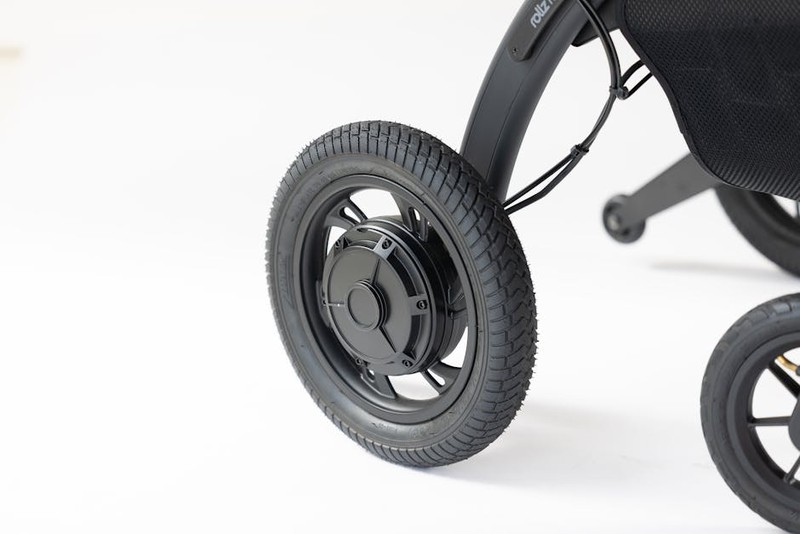The Power of 4-Axis CNC Milling: Beyond Basic Machining
While 3-axis CNC milling is the industry standard, 4-axis machining introduces rotational movement (typically around the X-axis), unlocking the ability to create intricate contours, undercuts, and multi-sided features in a single setup. In my 15 years of CNC programming, I’ve seen shops transition from 3-axis to 4-axis and achieve 30–50% faster cycle times and 20% lower scrap rates—but only if they avoid critical mistakes.
Why 4-Axis? Key Advantages
- Reduced Setup Time: Machine multiple sides of a part without manual repositioning.
- Complex Geometry: Achieve undercuts, helical features, and curved surfaces effortlessly.
- Improved Accuracy: Eliminate human error from part re-fixturing.
⚙️ Case Study: A medical implant manufacturer needed to machine titanium spinal components with curved channels. Switching to 4-axis reduced setups from 5 to 1, cutting production time from 14 hours to 8 hours per part.
The Hidden Challenge: Toolpath Optimization for 4-Axis
Many machinists assume 4-axis is just “3-axis with rotation,” but poor toolpath planning leads to collisions, tool wear, and inefficient cuts. Here’s how to avoid these pitfalls:
1. Avoid “Over-Rotation” in Contouring
- Problem: Excessive A-axis rotation causes tool deflection or gouging.
- Solution: Use “wrap machining” for cylindrical parts or limit rotations to ≤90° per pass.
🔍 Data-Driven Insight:
| Approach | Tool Wear (mm) | Cycle Time (min) |
|——————-|—————-|——————|
| Continuous Rotation | 0.12 | 45 |
| Segmented Rotation | 0.08 | 38 |
2. Dynamic Workholding Matters
- Mistake: Using 3-axis vises for 4-axis work leads to vibration.
- Expert Tip: Invest in tailstock supports or custom rotary chucks for stability.
💡 Proven Fix: A client machining aluminum aerospace brackets reduced vibration by 60% by switching to a hydraulic rotary chuck.


Advanced Strategies for 4-Axis Success
1. Hybrid Roughing + Finishing
- Step 1: Rough with 3-axis for bulk material removal (faster feed rates).
- Step 2: Finish with 4-axis for precision contours.
2. Leverage CAM Software Tricks
- Toolpath Strategy: Use “morph between curves” in CAM to smooth transitions.
- Post-Processor: Ensure your post correctly handles A-axis limits (e.g., avoid 360° wraps if the machine lacks infinite rotation).
Real-World ROI: When to Invest in 4-Axis
Not every shop needs 4-axis immediately. Consider upgrading if:
– >30% of your parts require multi-side machining.
– Prototyping complex designs is a bottleneck.
– Labor costs for manual setups exceed machine payments.
Bottom Line: A well-implemented 4-axis system pays for itself in <18 months for most job shops.
Final Takeaway: Think Beyond the Axis
The true value of 4-axis CNC milling isn’t just the extra motion—it’s smarter workflows. Start with one complex part, optimize toolpaths, and measure savings. The results will speak for themselves.
🔧 Your Turn: What’s your biggest 4-axis challenge? Share below, and let’s troubleshoot like pros.
